Home>Garden Essentials>How To Get Rid Of Borers In Fruit Trees With Grass Pad
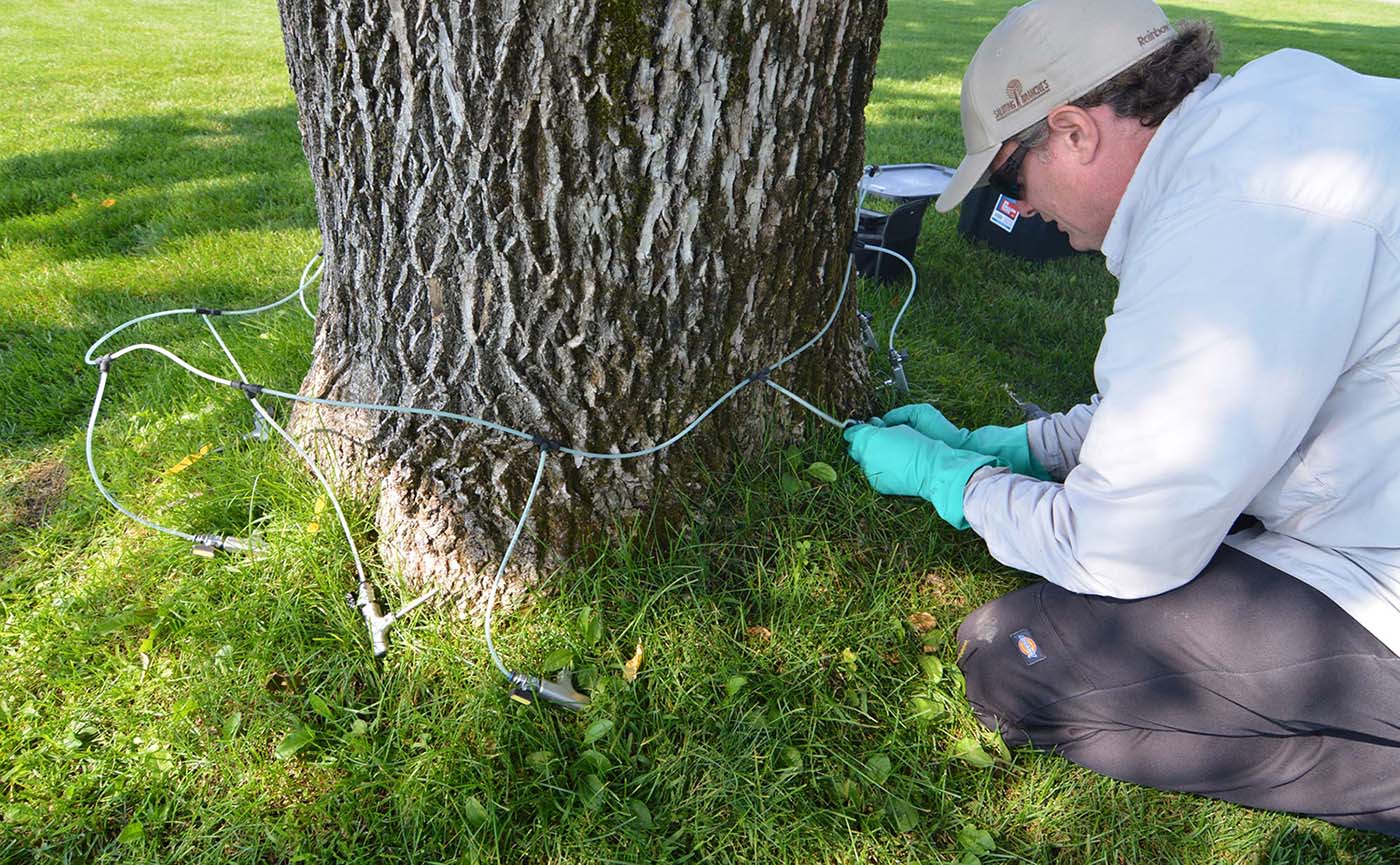

Garden Essentials
How To Get Rid Of Borers In Fruit Trees With Grass Pad
Modified: March 7, 2024
Learn how to eliminate borers in fruit trees using the Grass Pad method and transform your garden into a borer-free paradise.
(Many of the links in this article redirect to a specific reviewed product. Your purchase of these products through affiliate links helps to generate commission for Storables.com, at no extra cost. Learn more)
Introduction
Welcome to the world of gardening! Whether you’re an experienced gardener or just starting out, understanding how to care for your fruit trees is essential to ensuring a bountiful harvest. However, there are various challenges that can hinder the health and productivity of your fruit trees, and one of the most common is the presence of borers.
Borers are insects that can cause significant damage to fruit trees, tunneling into the bark and wood, which can weaken the tree and make it more susceptible to disease and other pests. Fortunately, there are effective methods to get rid of borers, and one such method is by creating a grass pad around your fruit trees.
In this article, we will delve into the world of borers in fruit trees, understand how to identify their presence, and explore how grass pads can be a valuable tool in combatting these pesky insects. We will also take you through the step-by-step process of creating and maintaining a grass pad to protect your fruit trees from borers.
So, let’s dive in and discover the secrets of keeping your fruit trees healthy and borer-free!
Key Takeaways:
- Protect fruit trees from borers by creating a grass pad, disrupting the borer lifecycle and deterring adult female borers from laying eggs on the tree trunk.
- Regularly monitor and maintain the grass pad to ensure its effectiveness in keeping borers at bay, complementing it with proper tree care practices for overall tree health.
Read more: How To Get Rid Of Fruit Flies In Trash Can
Understanding Borers in Fruit Trees
Borers are a type of insect that can cause significant damage to fruit trees. These pests are usually the larvae of beetles and moths, which tunnel into the trunk, branches, and twigs of the tree, feeding on the inner layers of wood. This feeding activity can weaken the tree’s structure, interrupt the flow of nutrients, and create entry points for diseases.
Common types of borers that affect fruit trees include the peach tree borer, apple tree borer, and cherry tree borer. They typically lay their eggs on the bark of the tree, and once the larvae hatch, they burrow into the tree and begin their destructive feeding activity.
One of the reasons why borers are particularly problematic is that they can be difficult to detect until significant damage has already been done. The first signs of infestation may include sawdust-like frass near the base of the tree, gum or sap oozing from entry holes, or wilting and dieback of branches. By the time these symptoms become noticeable, the borers have likely been present for some time.
It’s essential to understand how borers target fruit trees to effectively prevent and control their infestations. Borers are attracted to stressed or weakened trees, so keeping your fruit trees healthy and well-cared for is the first line of defense against these pests. Regular pruning, proper watering, and providing adequate nutrients will help keep your trees in optimal condition.
In addition to proper tree care, creating a grass pad around your fruit trees can play a significant role in preventing borer infestations. The grass pad acts as a physical barrier that deters the adult female borers from laying their eggs on the trunk of the tree. Instead, they will be more likely to lay their eggs on the surrounding grass, reducing the risk of infestation and damage to the tree.
Now that we have a better understanding of borers and their impact on fruit trees, let’s move on to identifying these pests in your orchard.
Identifying Borers in Fruit Trees
Identifying borers in fruit trees is crucial for early detection and prompt action. While borers can be challenging to spot initially, careful observation can help you identify the presence of these destructive pests. Here are some key signs to look out for:
- Entry Holes: Check the trunk and branches of your fruit trees for small, round entry holes. These holes are usually about 1/8 to 1/4 inch in diameter and may have sawdust-like frass around them. The entry holes are where the adult borers laid their eggs, and the emerging larvae burrowed into the tree.
- Gum or Sap Oozing: If you notice gum or sap oozing from the entry holes or other areas of the tree, it could be a sign of borer activity. The burrowing larvae can disrupt the flow of sap, causing it to seep out from the tree.
- Wilting and Dieback: Borers can damage the vascular tissues of the tree, leading to wilting and dieback of branches. If you notice sudden wilting or sections of the tree that appear to be dying, it may be a result of borer infestation.
- Bark Damage: Peeling away a small section of bark can reveal the presence of borer tunnels underneath. You may see winding tunnels or galleries in the wood, filled with sawdust-like frass.
- Pupae and Adults: In some cases, you may find the pupae or adult borers on or around the tree. Pupae are typically found in the tunnels or under loose bark, while adults may be seen flying around the tree or resting on the trunk.
It’s important to note that different types of borers may have slight variations in their appearance and behavior. Familiarize yourself with the specific borers that commonly affect the fruit trees in your region to better identify them.
Early detection is key to managing borers effectively. Regularly inspect your fruit trees during the growing season, paying close attention to the entry holes, gum or sap oozing, and signs of wilting or dieback. By identifying borers early on, you can take immediate action and prevent further damage to your cherished fruit trees.
Now that we can identify the presence of borers, let’s explore the significance of grass pads in combating these pests.
The Importance of Grass Pads for Borers
Grass pads serve as an essential tool in combating borers in fruit trees. By creating a grass pad around your trees, you establish a physical barrier that deters adult female borers from laying their eggs on the tree trunks. Instead, they are more likely to lay their eggs on the surrounding grass, reducing the risk of infestation and damage to the tree.
So why are grass pads so effective in preventing borer infestations? Here are a few reasons:
- Disrupting Borer Lifecycle: Borers typically lay their eggs on the bark of the tree trunk, near the soil level. The larvae then burrow into the tree, where they feed and mature. By creating a grass pad, you interrupt this lifecycle by redirecting the adult borers to lay their eggs on the grass instead of the tree. This break in the lifecycle significantly reduces the chances of larvae infesting the tree.
- Physical Barrier: Grass pads act as a physical barrier between the borers and your fruit trees. The grass acts as a deterrent for adult female borers, making it more difficult for them to access the trunk and lay their eggs. This barrier offers an additional layer of protection to your trees, reducing the risk of infestation.
- Reduced Tree Stress: A healthy and stress-free fruit tree is less attractive to borers. By redirecting the borers to the grass pads, you help maintain the overall health and vitality of your trees. This reduces stress on the trees and allows them to focus their energy on growth and fruitful production.
- Easier Detection: Creating a grass pad around your tree can also make it easier to detect any signs of borer infestation. Since the borers are less likely to be on the tree itself, any frass or other indications of their presence would be more visible on the grass. This allows for timely intervention and preventive measures before the infestation becomes severe.
It’s important to note that while grass pads are effective in preventing borer infestations, they are not a foolproof solution. Regular monitoring of your fruit trees is still essential, as borers may occasionally bypass the grass pad barrier or target other vulnerable areas of the tree. Combining grass pads with other pest management practices, such as pruning, proper tree care, and targeted insecticides when necessary, can help ensure the overall health and protection of your fruit trees.
Now that we understand the importance of grass pads, let’s explore the step-by-step process of creating and maintaining one around your fruit trees to get rid of borers.
Steps to Get Rid of Borers in Fruit Trees with Grass Pad
To effectively get rid of borers in your fruit trees using a grass pad, follow these step-by-step instructions:
- Clearing the Area Around the Tree: Start by clearing the area around the base of the tree. Remove any vegetation, weeds, or grass that may be growing close to the trunk. This will create a clean space for the grass pad.
- Creating a Grass Pad Around the Tree: Measure a radius of about 3 to 6 feet around the base of the tree, depending on the size of the tree. Use a shovel or edging tool to create a clearly defined circle or ring. This will be the designated grass pad area.
- Installing Mulch and Weed Barrier: Spread a layer of organic mulch, such as wood chips or shredded bark, evenly over the grass pad area. This will help suppress weed growth and provide moisture retention for the grass. Additionally, consider installing a weed barrier fabric to further prevent weed intrusion into the grass pad.
- Planting Grass: Select a suitable grass variety that will thrive in the specific conditions of your orchard. Prepare the soil in the grass pad area by raking it to loosen the top layer. Then, sow the grass seeds according to the recommended seeding rate and water the area thoroughly.
- Maintaining the Grass Pad: Regularly mow and water the grass pad to keep it healthy and well-maintained. This will discourage borer activity on the tree’s trunk and redirect the borers to lay their eggs on the grass instead.
- Monitoring for Infestations: Periodically inspect the grass pad and the base of the tree for signs of borer infestation. Look for entry holes, sap oozing, frass, or wilting/dieback of branches. If you notice any signs of borers, take immediate action to prevent further damage to the tree.
- Implementing Additional Preventive Measures: In addition to the grass pad, implement other preventive measures to keep borers at bay. This may include applying insecticidal sprays or using sticky traps to catch adult borers. Always follow the instructions provided and consider using organic or eco-friendly options.
By following these steps and maintaining a well-established grass pad around your fruit trees, you can significantly reduce the risk of borer infestation and protect the health and productivity of your orchard.
Now that you’re equipped with the knowledge of creating and maintaining a grass pad, it’s time to put it into action and safeguard your fruit trees from borers.
To get rid of borers in fruit trees with a grass pad, keep the area around the tree clean and free of debris. Apply a layer of mulch to protect the tree and discourage borers from laying eggs. Keep the grass pad well-maintained to reduce the risk of infestation.
Read more: How To Get Rid Of Crabgrass
Clearing the Area Around the Tree
The first step in getting rid of borers in your fruit trees with a grass pad is to clear the area around the tree. This involves removing any vegetation, weeds, or grass that may be growing close to the trunk. Clearing the area provides a clean space for the grass pad and helps create an environment that is less favorable for borer infestation.
To clear the area around the tree, follow these steps:
- Gather the Necessary Tools: Before you begin, gather the necessary tools for the task. You may need a shovel, garden gloves, a rake, and a wheelbarrow or garden waste bag for collecting the removed vegetation.
- Start at the Base: Begin by working at the base of the tree. Use a shovel to carefully dig around the trunk, loosening any compacted soil and creating a small trench or hole. Take care not to damage the tree’s roots while doing this.
- Remove Vegetation: Once you’ve created the trench or hole, begin removing the vegetation. Start by pulling out any large weeds or grass clumps by hand. Use the rake to gather the smaller weeds and grass, and transfer them into the wheelbarrow or garden waste bag.
- Clear the Surrounding Area: Continue clearing the area around the tree, working in a circular motion. Remove any remaining vegetation, making sure to reach the desired radius for the grass pad. Consider using the shovel to edge the cleared area for a more defined border.
- Dispose of the Vegetation: Once you have cleared the area, dispose of the collected vegetation properly. If the vegetation is free from any diseases or pests, you can add it to your compost pile. Otherwise, dispose of it in accordance with your local waste management guidelines.
Clearing the area around the tree is an important first step as it eliminates potential hiding spots and breeding grounds for borers. It also reduces competition for resources and creates a neat and well-maintained space for the grass pad.
Remember to take precautions while working around the tree’s roots and avoid damaging them. If you have any concerns about the health or stability of the tree, consult a professional arborist for guidance.
Now that the area is cleared, you’re ready to move on to the next step: creating a grass pad around the tree to prevent borers.
Creating a Grass Pad Around the Tree
Creating a grass pad around your fruit tree is a critical step in getting rid of borers. The grass pad serves as a physical barrier, deterring adult female borers from laying their eggs directly on the tree trunk. Instead, they will be more inclined to lay their eggs on the surrounding grass, reducing the risk of infestation and damage to the tree. Here’s how to create a grass pad around the tree:
- Measure the Radius: Measure the desired radius for the grass pad, typically around 3 to 6 feet from the base of the tree, depending on the size of the tree. This will determine the size of the grass pad and ensure sufficient space for the grass to grow.
- Mark the Area: Once you have determined the radius, use stakes or spray paint to mark the boundary of the grass pad. This will provide a clear guideline for creating the grass pad and help maintain a neat appearance.
- Prepare the Soil: Before planting the grass, it’s important to prepare the soil in the grass pad area. Use a rake or garden fork to loosen the top layer of soil, removing any rocks, roots, or debris that may impede grass growth. This will create a suitable environment for the grass to take root.
- Sow the Grass Seeds: Select a grass variety that is well-suited to the growing conditions of your region. Follow the recommended seeding rate for the chosen grass variety. Sprinkle the grass seeds evenly over the prepared soil, ensuring good coverage within the marked grass pad area.
- Water the Area: After sowing the grass seeds, thoroughly water the grass pad area. This will help initiate seed germination and provide essential moisture for the growing grass. Ensure that the soil is moist but not waterlogged to promote healthy grass establishment.
- Protect and Monitor: To protect the newly seeded grass from birds or other animals, consider covering the area with a lightweight mesh or installing temporary fencing. This will prevent disturbances and allow the grass to establish without interference. Also, consistently monitor the grass pad for any signs of unwanted vegetation or weed growth.
Creating a grass pad around the tree not only acts as a deterrent for borers, but it also adds aesthetic appeal to your garden. The lush green grass complements the beauty of the fruit tree and creates a visually pleasing environment.
Remember to provide regular watering and proper maintenance for the grass pad to ensure its healthy growth. Adequate irrigation, mowing, and periodic fertilization can help maintain its vitality and effectiveness in deterring borers.
Now that you’ve successfully created the grass pad, it’s time to proceed to the next step: installing mulch and a weed barrier to further protect the fruit tree from borers.
Installing Mulch and Weed Barrier
Installing mulch and a weed barrier around the grass pad is an important step in creating a protected environment for your fruit tree. Mulch helps suppress weed growth, retain moisture, regulate soil temperature, and provide nutrients to the tree. Adding a weed barrier further prevents the intrusion of unwanted vegetation into the grass pad area. Here’s how to install mulch and a weed barrier:
- Mulch Selection: Choose an organic mulch, such as wood chips, shredded bark, straw, or compost. Organic mulches not only provide a protective layer but also enrich the soil as they decompose gradually.
- Clear the Grass Pad: Ensure that the grass pad is free from any debris, large rocks, or existing weeds. Use a rake to smooth out the area, creating an even surface for the mulch application.
- Apply the Mulch: Spread a layer of mulch evenly over the grass pad area, starting from the outer edges and working your way towards the trunk of the tree. Aim for a thickness of about 2 to 3 inches, ensuring that the mulch does not touch the base of the tree trunk, as it may create a moist environment that could promote rot or disease.
- Leave Space Around the Base: Create a small ring or gap around the base of the tree, directly touching the soil. This will prevent excessive moisture accumulation and potential damage to the tree trunk.
- Smooth and Shape the Mulch: Use a rake or garden tool to smooth out and shape the mulch layer. This will create a neat and uniform appearance while ensuring that the mulch is evenly distributed.
- Install Weed Barrier: If desired, you can further protect the grass pad by installing a weed barrier fabric. Lay the fabric over the mulch, making sure to cover the entire grass pad area. Secure the edges of the fabric with landscape pins or by burying them slightly in the soil.
Installing mulch and a weed barrier provides multiple benefits to your fruit tree. It helps retain moisture, reducing the need for frequent watering. The mulch also regulates soil temperature, keeping the root zone cooler in the summer and warmer in the winter. Additionally, the weed barrier prevents unwanted weeds from competing with the grass and tree for nutrients.
Regularly monitor the mulch layer and remove any debris or weeds that may accumulate over time. This will help maintain a clean and healthy environment around the tree.
Now that you’ve successfully installed mulch and a weed barrier, it’s time to move on to the next step: monitoring and maintaining the grass pad to ensure its effectiveness.
Monitoring and Maintaining the Grass Pad
Monitoring and maintaining the grass pad is crucial to ensure its effectiveness in deterring borers and protecting your fruit tree. Regular observation and proper care will help you identify any signs of infestation or potential issues and take appropriate action. Here’s how to monitor and maintain the grass pad:
- Regular Inspection: Conduct regular inspections of the grass pad and the base of the tree. Look for any entry holes, sawdust-like frass, gum or sap oozing from the trunk, or wilting/dieback of branches. Promptly address any signs of borer infestation to prevent further damage.
- Watering: Proper watering is essential for the health of the grass pad and the fruit tree. Regularly water the grass pad, ensuring that the soil remains moist but not overly saturated. Water deeply and less frequently to encourage the development of deep root systems.
- Mowing: Maintain the grass at a suitable height by regular mowing. This will help deter borers by keeping the grass pad well-maintained and less attractive to adult females for egg laying.
- Fertilizing: Apply a slow-release balanced fertilizer to the grass pad as needed, following the recommended application rates. This will provide essential nutrients to the grass, promoting healthy growth and a robust barrier against borers.
- Protecting against Weeds: Keep an eye out for weed growth within the grass pad and promptly remove any unwanted vegetation. Weeds can compete with the grass for nutrients and water, potentially compromising the effectiveness of the grass pad as a borer deterrent.
- Addressing Pest Issues: While the grass pad helps deter borers, it’s important to remain vigilant against other pests that can harm the fruit tree. Monitor for diseases, pests, or other issues that may impact the health of the tree. Implement proper pest management techniques, such as organic insecticides or beneficial predators, as necessary.
By regularly monitoring and maintaining the grass pad, you ensure its continued effectiveness in keeping borers at bay. Early identification and intervention can help prevent significant damage to your fruit tree and maintain its overall health and productivity.
Remember, while the grass pad serves as a valuable tool in deterring borers, it’s not a foolproof solution. Borers can still find alternate entry points on the tree, bypass the grass pad, or target other weak areas. Therefore, it’s crucial to employ a multi-faceted approach that includes proper tree care, timely pruning, and targeted insecticide treatments, if necessary.
With proper monitoring and maintenance, your grass pad will create a protective barrier, ensuring the health and vitality of your beloved fruit tree.
Congratulations! You have successfully completed the steps to get rid of borers in fruit trees with a grass pad. By following these steps and maintaining a vigilant approach, you can enjoy the beauty and bounty of your fruit trees for years to come.
Read more: How To Get Rid Of Grasshoppers
Conclusion
In conclusion, borers can pose a significant threat to the health and productivity of your fruit trees. However, by understanding their behavior, implementing preventive measures, and utilizing a grass pad, you can effectively get rid of borers and protect your cherished trees.
We began by understanding the nature of borers and how to identify their presence in fruit trees. Early detection is crucial for timely intervention and preventing extensive damage. Signs such as entry holes, gum or sap oozing, wilting, and bark damage can alert you to the presence of borers.
We then explored the importance of creating a grass pad around the tree. This physical barrier disrupts the borer lifecycle and reduces the likelihood of infestation. The grass pad acts as a deterrent, redirecting adult borers to lay their eggs on the grass instead of the tree trunk.
We discussed the step-by-step process of creating a grass pad, including clearing the area around the tree, planting grass, and installing mulch and a weed barrier. These actions not only protect against borers but also enhance the visual appeal of your garden. Regular monitoring and maintenance are essential to ensure the effectiveness of the grass pad in deterring borers.
While the grass pad is an effective measure, it is important to remember that it should be complemented by proper tree care practices. Pruning, adequate watering, and providing proper nutrition to the tree are key to keeping it healthy and less susceptible to borers.
By implementing these strategies and maintaining an attentive approach, you can successfully get rid of borers in your fruit trees with a grass pad. Enjoy the beauty of your healthy trees and the abundant harvest they provide.
Remember, gardening is a continuous journey, and staying informed about the latest techniques and practices will help you overcome challenges and achieve great results. Happy gardening!
Frequently Asked Questions about How To Get Rid Of Borers In Fruit Trees With Grass Pad
Was this page helpful?
At Storables.com, we guarantee accurate and reliable information. Our content, validated by Expert Board Contributors, is crafted following stringent Editorial Policies. We're committed to providing you with well-researched, expert-backed insights for all your informational needs.








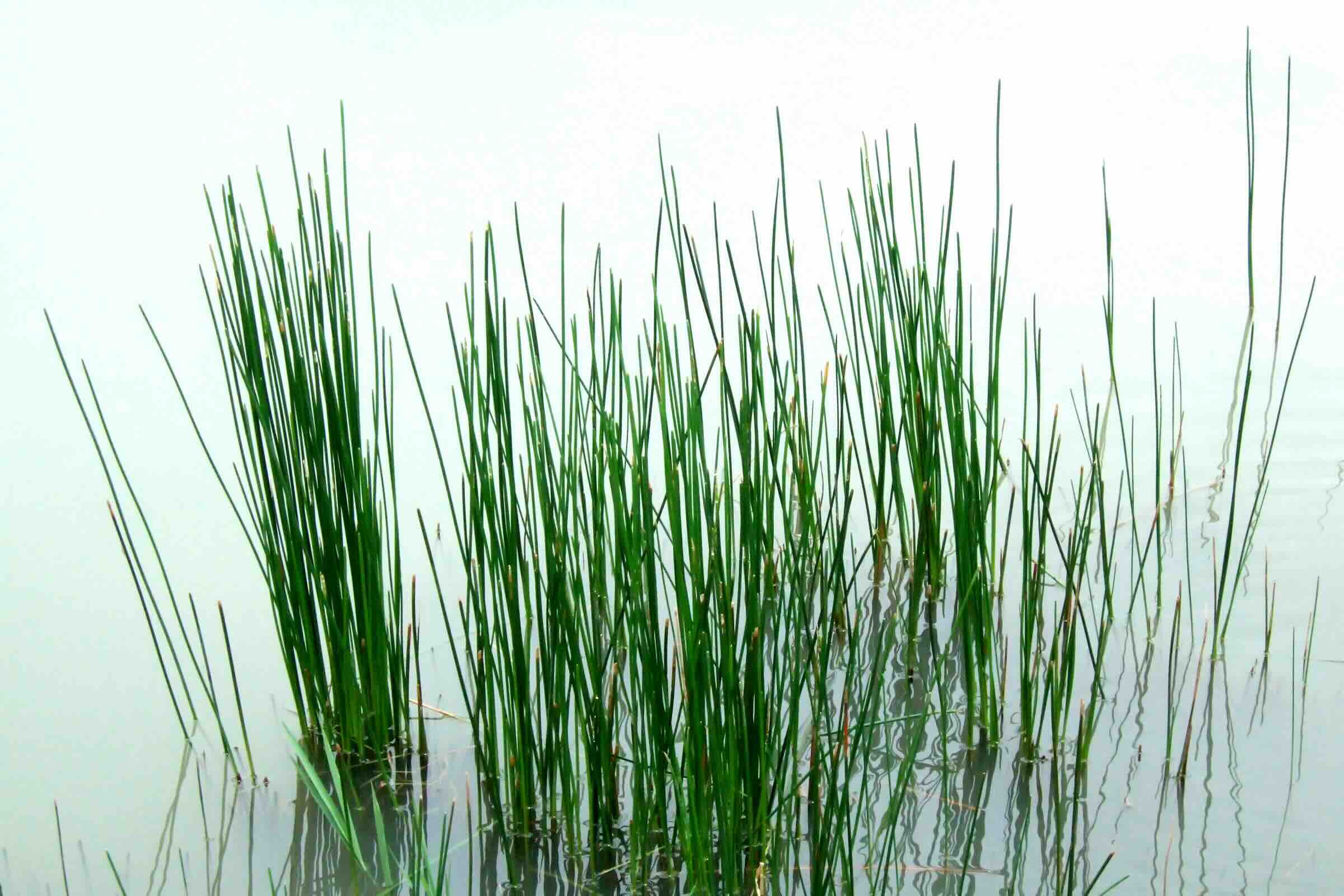
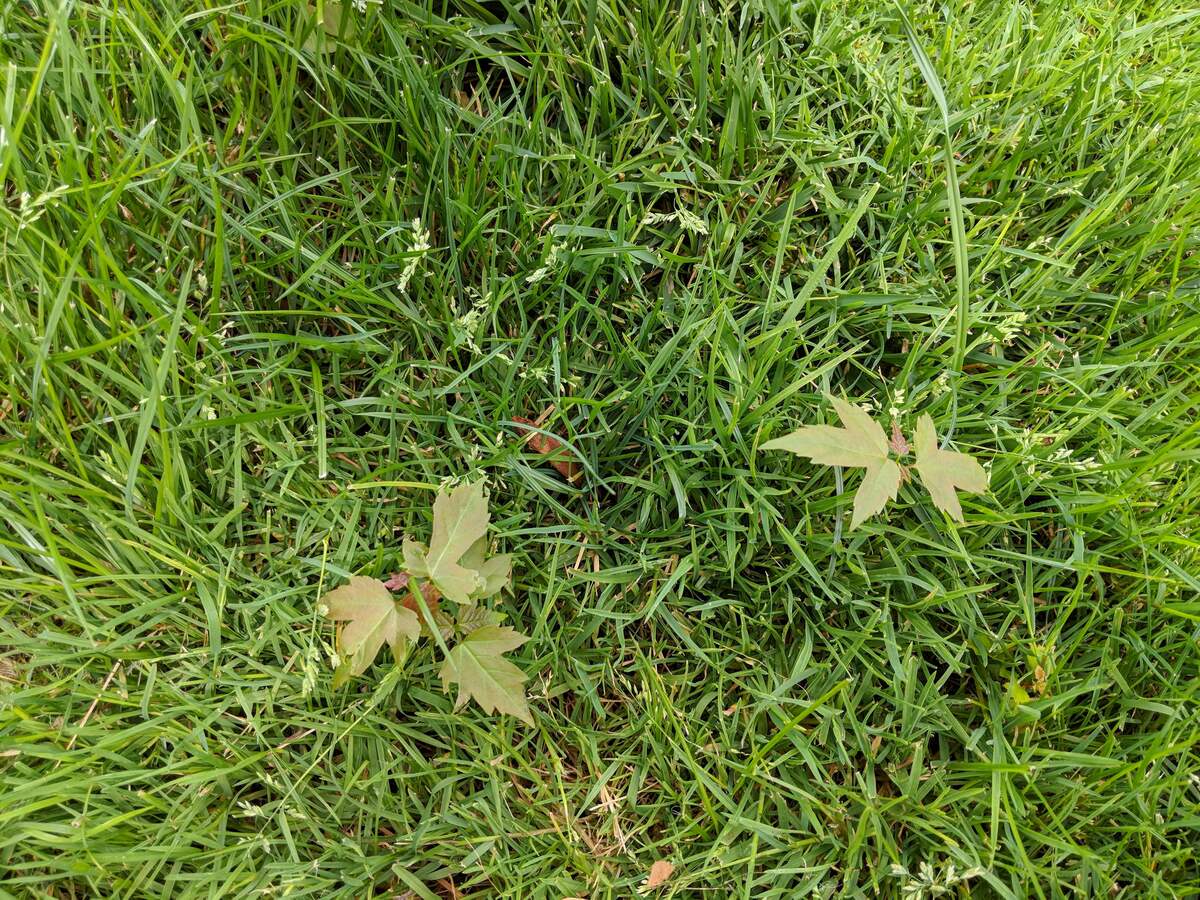
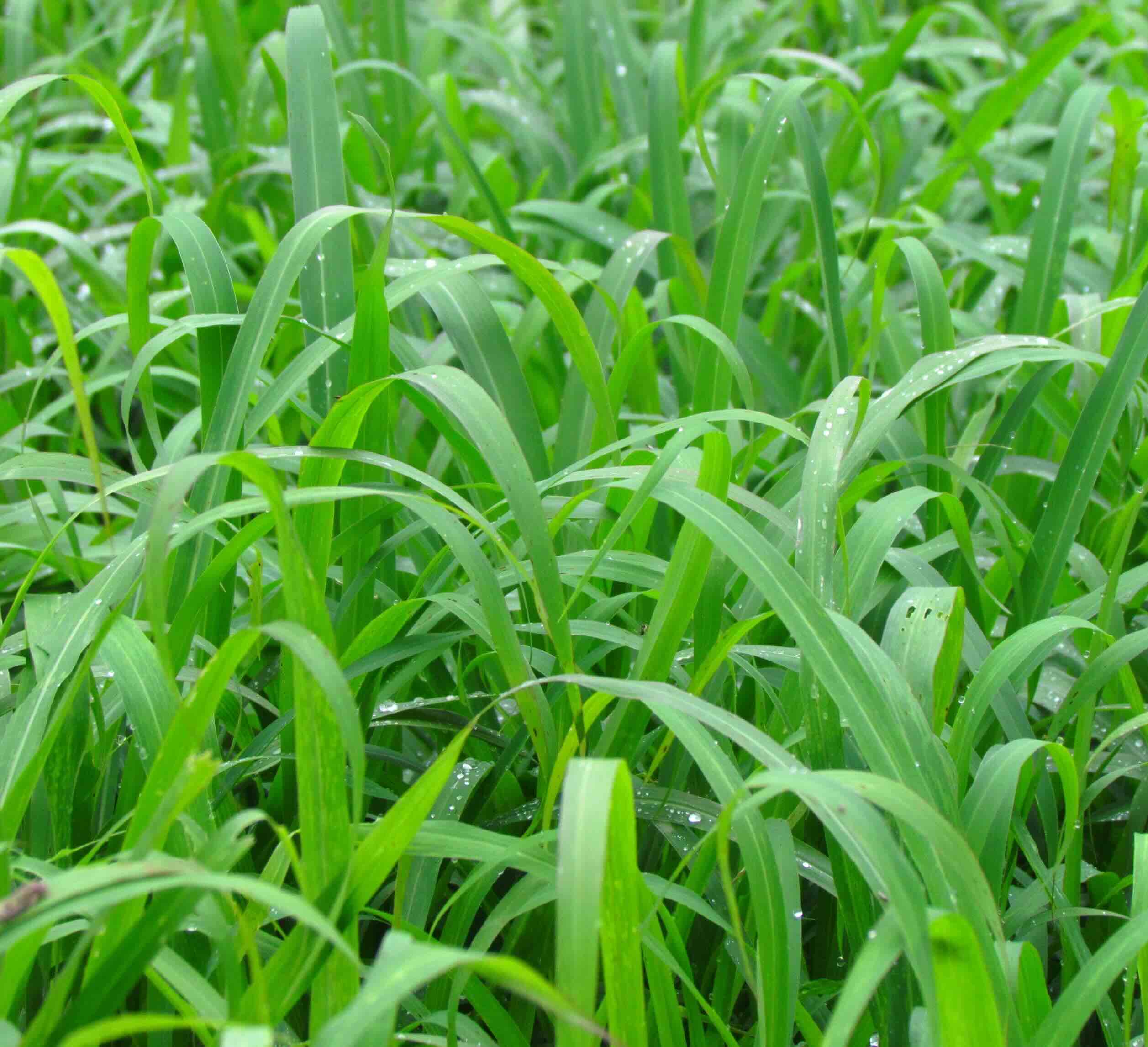
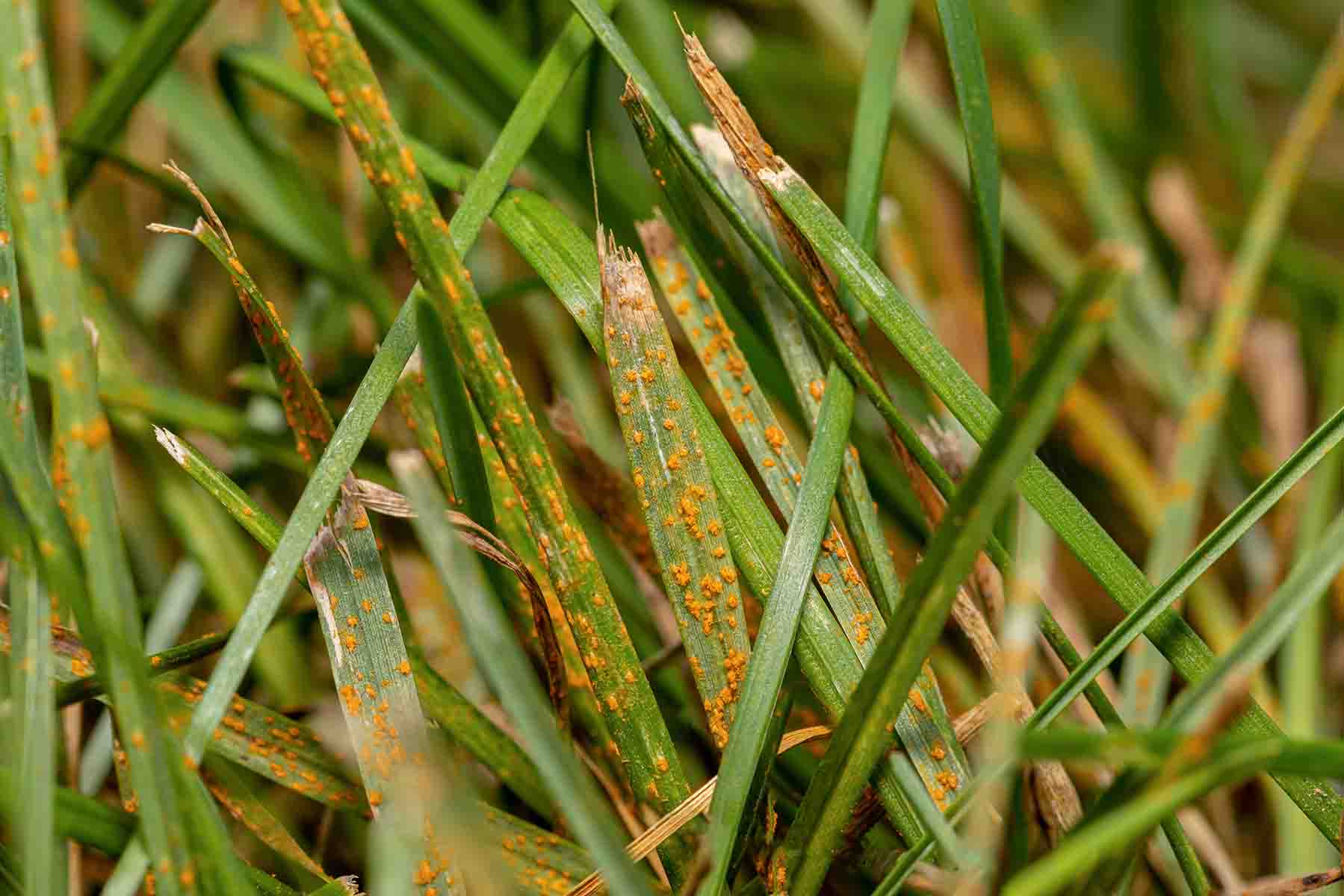
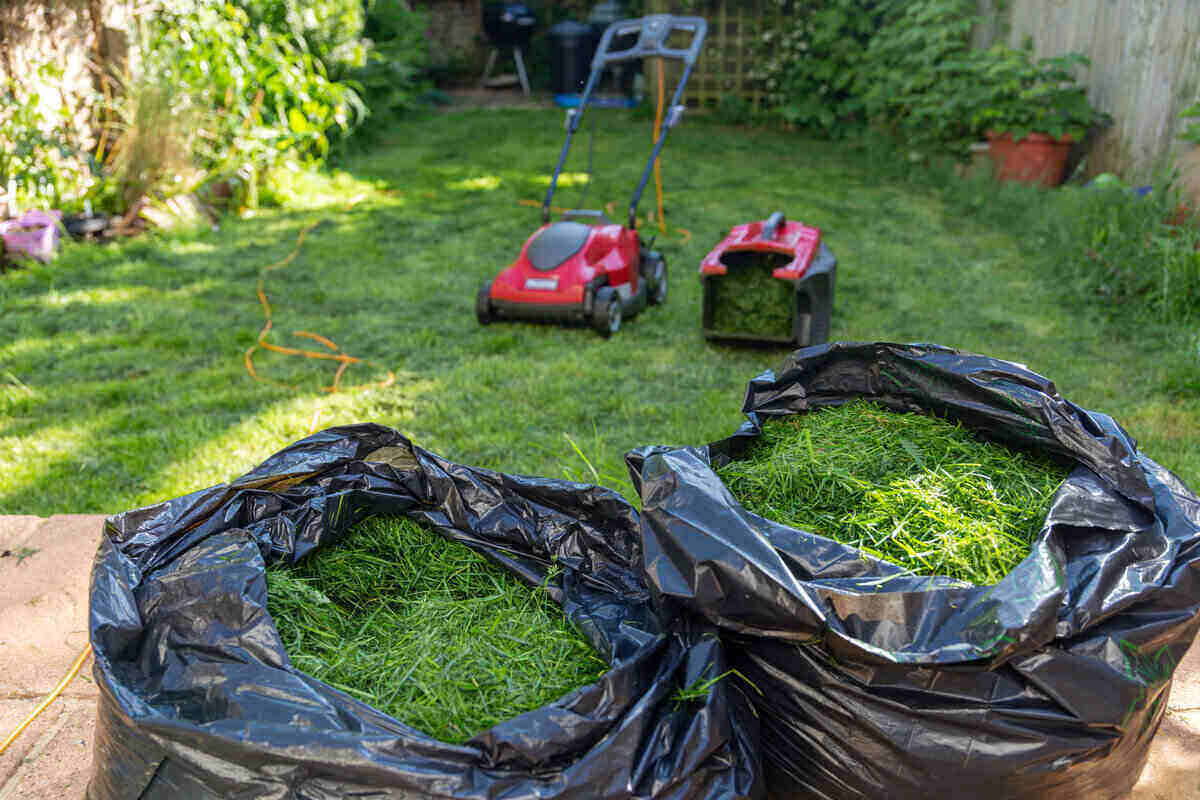

0 thoughts on “How To Get Rid Of Borers In Fruit Trees With Grass Pad”